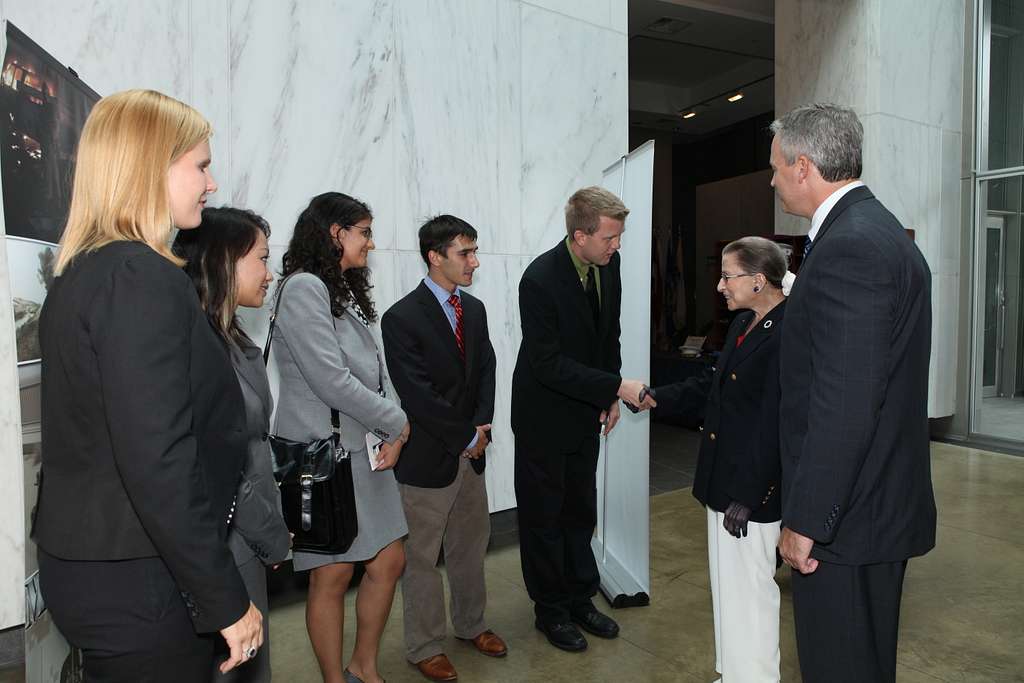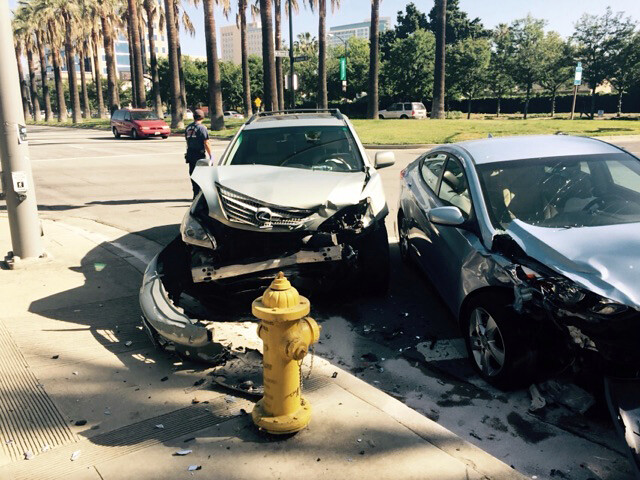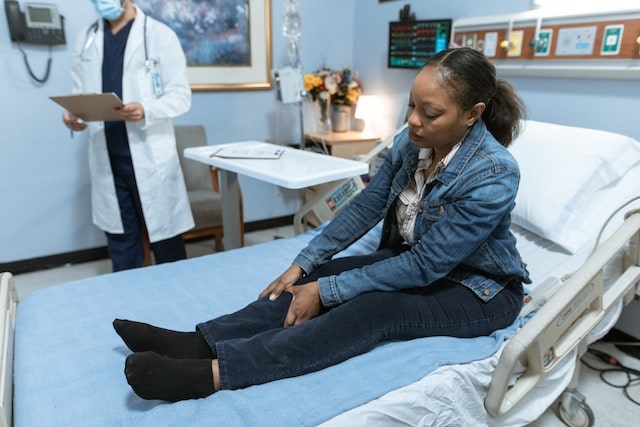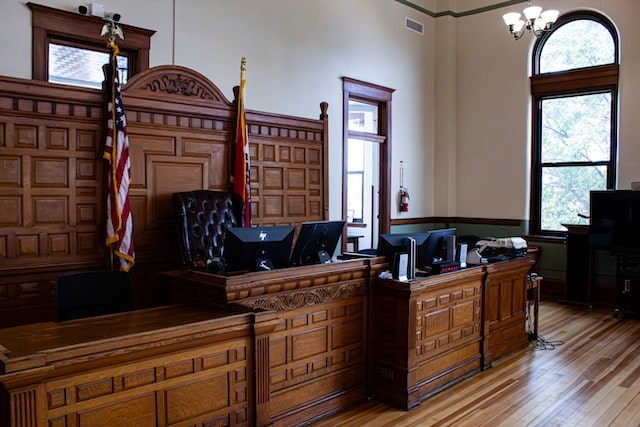We kind of saw it in a previous post involving a Mercury case where a claim representative’s sworn affidavit could explain typographical errors in a resulting NF-10. Some wondered why the Appellate Term never expounded on this point. Now, they have.
Bath Med. Supply, Inc. v Country Wide Ins. Co.
2009 NY Slip Op 51145(U)(App. Term 2 Dept. 2009)
The highlights are as follows:
“Plaintiff contends that defendant’s opposing papers did not establish that the claim determination period was tolled because, while the affidavit of defendant’s no-fault litigation supervisor sets forth the dates on which the verification requests were mailed, the denial of claim forms set forth incorrect dates as to when final verification was requested. However, the unsworn denial of claim forms do not purport to state the dates on which defendant first requested verification, whereas, in the sworn affidavit, defendant’s no-fault litigation supervisor states the dates on which verification was first requested, the dates on which the verification was received and the dates on which the denial of claim forms were mailed. To the extent the unsworn denial of claim forms suggest that defendant may have sent a further request for verification after receiving the verification it initially sought, they do not contradict the sworn statement by defendant’s no-fault litigation supervisor or otherwise nullify defendant’s position that the claim determination period was tolled.”
My observation is that the days of challenging denials for typographical errors have ended. We saw this starting with AB v. Liberty and extending through Al Correa v. State Farm, as well as other cases decided subsequent to Al Correa.
I suppose the best questions to ask are as follows. First, how much of an NF-10 needs to be filled out in order to preserve the defense(s) on it? Second, how many mistakes are allowed to be present on the NF-10, so as to preserve the defenses on the denial? We shall await the answer to these questions.












